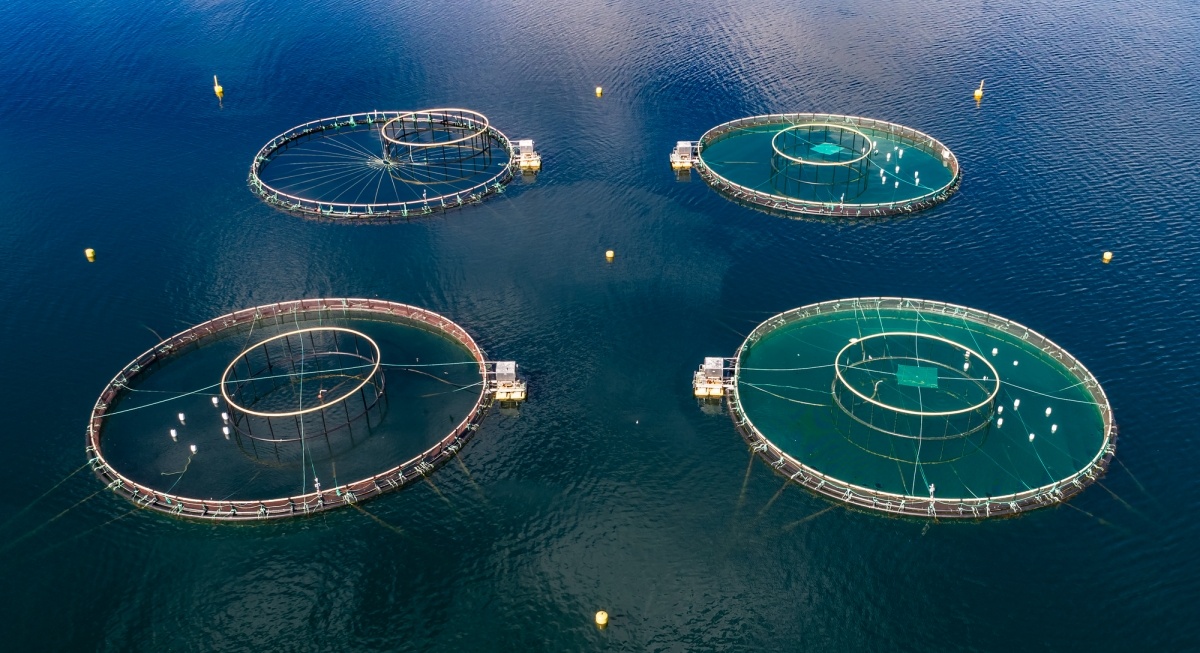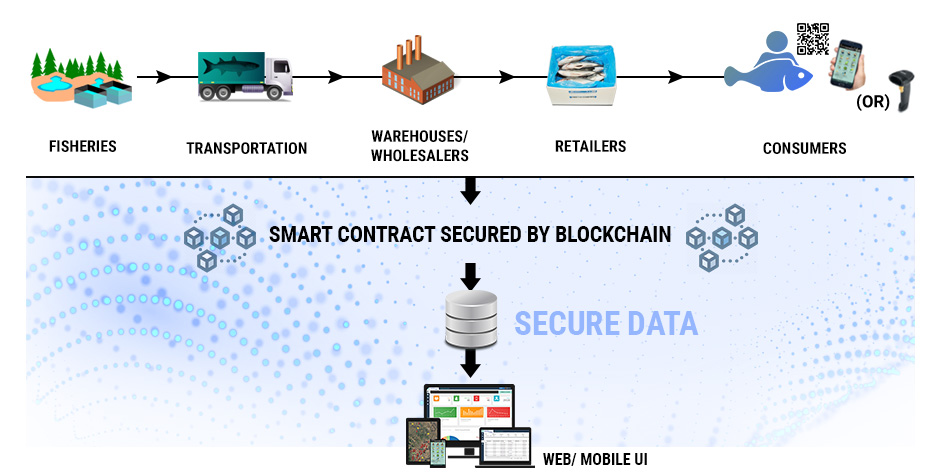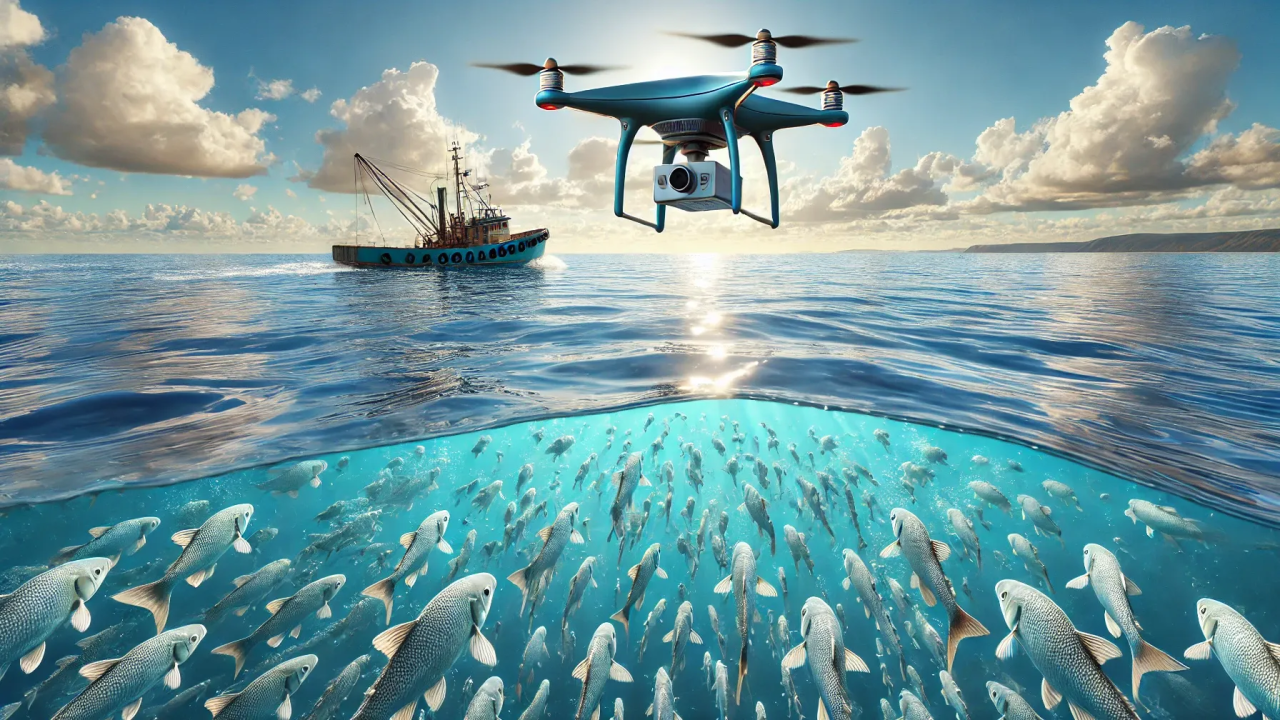Introduction
The aquaculture and fisheries industry are undergoing a major transformation, driven by the integration of cutting-edge technologies. With the increasing demand for sustainable seafood and the growing challenges of environmental degradation and overfishing, technological innovations are becoming crucial in shaping the future of this industry.
From artificial intelligence and IoT-based monitoring systems to automation and blockchain for traceability, these advancements are enhancing efficiency, sustainability, and profitability. This overview explores the top technology trends expected to revolutionize aquaculture and fisheries in 2024.
1. AI and Machine Learning for Precision Aquaculture
Smart Feeding Systems: AI-powered sensors and machine learning algorithms are optimizing feeding processes, reducing waste, and improving fish health. These systems can analyze data on fish behavior, water conditions, and feeding patterns to ensure that fish are fed efficiently and at the right times.
Predictive Analytics: AI models can predict disease outbreaks, optimize growth rates, and monitor environmental conditions, enabling farmers to make data-driven decisions and improve yield.

2. IoT (Internet of Things) and Sensor Technologies
Real-Time Monitoring: IoT devices and underwater sensors are being deployed to monitor water quality, temperature, oxygen levels, and fish health in real-time. This helps farmers maintain optimal conditions and reduces the risk of diseases or poor water quality, which can lead to massive losses.
Automated Data Collection: Sensors continuously collect data on environmental and biological factors, which can be analyzed for improving operations, making the process more transparent and efficient.

3. Blockchain for Supply Chain Transparency
Traceability: Blockchain technology is being used to track the entire supply chain of fish and seafood products, from farm to table. This ensures transparency, reduces fraud, and helps maintain the integrity of the product, offering consumers assurance of sustainable practices.
Sustainability Certification: Blockchain can help verify sustainable fishing and farming practices by providing immutable records of fishing locations, harvesting methods, and compliance with environmental standards.

4. Automation and Robotics
Aquaculture Robots: Autonomous robots are being used for underwater inspections, cleaning cages, and monitoring fish health. These robots can operate in hazardous environments, improving efficiency and reducing human labor in routine tasks.
Automated Feeding Systems: Automated systems are able to feed fish and other aquatic species precisely, reducing feed costs and minimizing environmental impact by ensuring that no excess food pollutes the water.
5. Genomics and Breeding Technologies
Selective Breeding: Advances in genomics are allowing farmers to breed fish with desired traits, such as faster growth rates, disease resistance, and higher-quality meat. These breeding programs contribute to increased production efficiency and lower mortality rates.
Gene Editing: Emerging gene-editing technologies like CRISPR are offering possibilities for improving species resilience to diseases and environmental stressors, though ethical and regulatory considerations remain.
6. Recirculating Aquaculture Systems (RAS)
Sustainable Farming: RAS technologies allow for aquaculture to be conducted in closed systems, where water is continuously filtered and reused. This significantly reduces water consumption and minimizes environmental impact, making aquaculture more sustainable and scalable.
Urban and Inland Aquaculture: RAS enables the establishment of aquaculture farms in urban and inland locations, closer to consumers, reducing transportation costs and ensuring fresher produce.

7. Advanced Aquaponics Systems
Integration of Fish and Plant Farming: Aquaponics combines aquaculture and hydroponics in a symbiotic system where fish waste is used as nutrients for plants, while plants help clean the water. This technology enhances resource efficiency and offers a sustainable method of food production that can be implemented even in urban settings.
Vertical Aquaponics Farms: This trend enables vertical farming in controlled environments, maximizing space and resources, which is particularly beneficial for urban areas with limited land availability.
8. 3D Printing in Aquaculture
3D Printed Fish Feed: Scientists are developing customized fish feed through 3D printing technology, allowing the creation of nutrient-dense and environmentally sustainable feed tailored to specific fish species.
Customized Aquaculture Equipment: 3D printing can also be used to create custom components and structures for aquaculture systems, making the industry more flexible and cost-effective in designing farming solutions.
9. Aquaculture Drones
Aerial and Underwater Drones: Drones are increasingly being used to monitor large-scale aquaculture operations, including water quality, fish population, and infrastructure health. Underwater drones help inspect and maintain offshore cages, reducing the need for human divers.
Remote Sensing: Drones equipped with remote sensors can track harmful algal blooms, pollution levels, and other environmental threats in real-time, helping farmers respond quickly to emerging issues.

10. Sustainable Feed Innovations
Alternative Protein Sources: There is a growing trend toward developing alternative, sustainable fish feed sources, such as insect-based protein, algae, and microbial proteins. These options reduce the reliance on traditional fishmeal and fish oil, which are often sourced from wild fish stocks.
Plant-Based Feed: Advances in plant-based feed formulations are improving nutrition and digestibility, providing a more sustainable option for aquaculture operations.
Conclusion
In conclusion, the rapid adoption of advanced technologies is reshaping the aquaculture and fisheries industry, driving sustainable practices, improving efficiency, and addressing global challenges. As technologies like AI, IoT, blockchain, and automation continue to evolve, they will empower farmers and businesses to optimize operations, enhance transparency, and meet the growing demand for seafood in a more responsible way. The trends of 2024 mark a significant leap toward a future where innovation and sustainability coexist, ensuring the long-term viability of the industry.
